#urban agriculture
Text
As urban populations boom, urban agriculture is increasingly looked to as a local food source and a way to help combat inequitable food access. But little is known about how productive urban agriculture is compared to conventional, rural farming. A new study digs in, finding urban gardeners and hydroponics can meet and sometimes exceed the yields of rural farms.
“Despite its growing popularity, there’s still quite a lot we don’t know about urban agriculture, like whether the yields are similar to conventional agriculture, or even what crops are commonly grown,” says Florian Payen, an environmental scientist at Lancaster University and lead author of the study, published today in AGU’s journal Earth’s Future.
The new study compiles studies on urban agriculture from 53 countries to find out which crops grow well in cities, what growing methods are most effective, and what spaces can be utilized for growing. The researchers find that urban yields for some crops, like cucumbers, tubers and lettuces, are two to four times higher than conventional farming. Many other urban crops studied are produced at similar or higher rates than in rural settings. Cost efficiency remains an open but important question.
Most studies on urban agriculture have focused on green spaces, such as private and community gardens, parks and field growing operations. Payen’s work includes “gray” spaces — places in cities that are already built but could be used for growing, such as rooftops and building facades. In both green and gray spaces, the study examines a suite of crops grown in soils versus hydroponics, horizontal versus vertical farming, and natural versus controlled conditions.
“Surprisingly, there were few differences between overall yields in indoor spaces and outdoor green spaces, but there were clear differences in the suitability of crop types to different gray spaces,” Payen says. Certain crops like lettuces, kale and broccoli are more naturally suited to be grown vertically in indoor spaces than others. “You can’t exactly stack up apple trees in a five- or ten-layer high growth chamber,” he says, “though we did find one study that managed to grow wheat stacked up like that.”
Other crops, like watery vegetables (e.g., tomatoes) and leafy greens, performed well in hydroponic environments. And crops grown in fully controlled environments can be grown throughout the year, allowing harvests to happen more times per year than in open-air environments, which leads to higher annual yields. But scientists will need to keep studying these systems to plan cost-effective agriculture solutions.
The finding that urban agriculture can have similar or greater yields to conventional agriculture “is exactly what we have been waiting for in the urban agriculture research community,” says Erica Dorr, an environmental scientist at AgroParisTech who was not involved in the study.
832 notes
·
View notes
Text
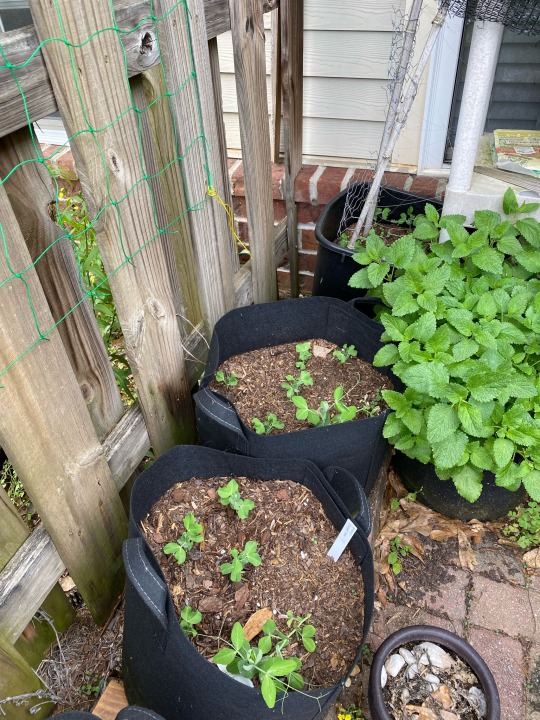
So many peas coming in!!
#my plants#plantblr#gardening#garden#urban gardening#container gardening#container garden#peas#pea plants#snap peas#sugar snap peas#snap pea plant#snap pea#lemon balm#urban agriculture#urban farming#container farm#container farming#farmcore#plantcore#food gardening#patio garden
3 notes
·
View notes
Text

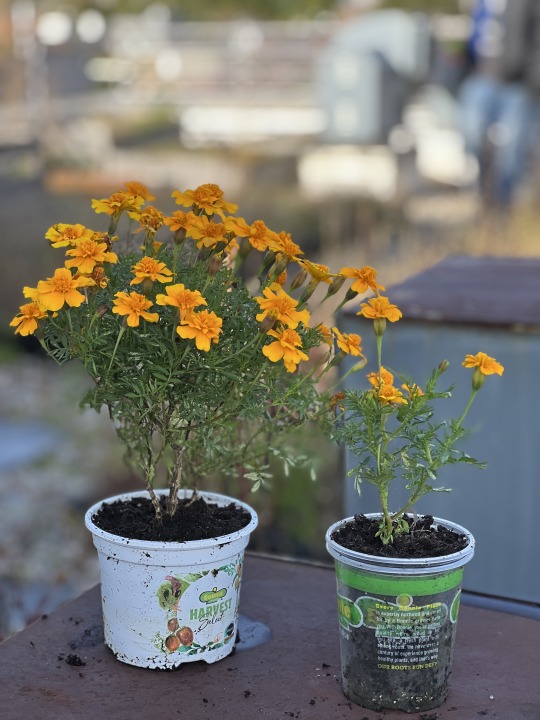

🌸🌿 Gardening Delights in Supportive Housing! 🌼🌱
Hey there, lovely community! 🌸
What We've Been Up To: Our gardening enthusiasts, along with our amazing clients, have been busy! Regular weeding sessions have kept our garden pristine and healthy. But that's not all – we've introduced charming flower pots that have added a burst of colors to our surroundings. 🌺🌼 The result? A picturesque view that not only delights our clients but also serves as a delightful decoration for our office space! 🌿✨
Why Gardening Matters: Gardening is more than just planting flowers and weeding the soil; it's about nurturing life, fostering connections, and finding peace in the midst of nature. Our gardening sessions provide a therapeutic space for our clients, promoting relaxation, mindfulness, and a sense of accomplishment. 🌱🌸
3 notes
·
View notes
Photo



Island Bee Project published in Elle Living, Hungary April 2023 Issue
Writer Barbara Bedike
#urban agriculture#urban beekeeping#beekeeping#islandbeeproject island bee project nyc urban farmers
7 notes
·
View notes
Link
Excerpt from this story from Earth Island Journal:
The Santa Clara development will be the latest in a growing number of agrihoods that function not just as a site of food production but also a source of community building. Ed McMahon, a senior fellow of sustainable development at the Urban Land Institute, a network of cross-disciplinary real estate and land use experts across the world, estimates that there are more than 200 agrihoods across the United States, spanning at least 30 states, from rural communities to major cities. And it’s easy to see why. As McMahon put it, “walkable, charming neighborhoods — that’s a scarce resource.” Beyond that, agrihoods also harken back to an earlier way of living.
“Everyone in America was at one time either a farmer themselves or their neighbors were the farmers. Then we separated farm production from farm consumption, and nobody knew where their food came from,” said McMahon. “This is a way to restore that balance, at least to a small extent.”
As a model, an agrihood has the potential to address fundamental food system challenges, such as food miles and possible supply chain disruptions. “In principle, it makes sense to more strategically integrate agricultural production into wherever we live,” said Joshua Sbicca, associate professor of sociology at Colorado State University and author of A Recipe for Gentrification. “It makes sense to have greater connection to the land and makes sense to have more immediate access to food, which is a fundamental need.”
So far, the answer to Sbicca’s question is the well-heeled. The term “agrihood” was popularized by 2014 New York Times article about a popular development in Arizona called Agritopia. The article noted at the time that homes in the community sold for “no more than similar houses in the area.” But since then, they have risen to a median price of over a million dollars, while homes in the surrounding community go for about half that price. Other agrihoods are similarly pricey, often treating the farm as an “amenity” that adds to its marketability and cost.
“We can maximize stability in local communities by having them manage their own food,” said Middlebrook. “I see it as a way to not only deal with the climate crisis, but with a lot of other crises that are happening in America today.”
17 notes
·
View notes
Text
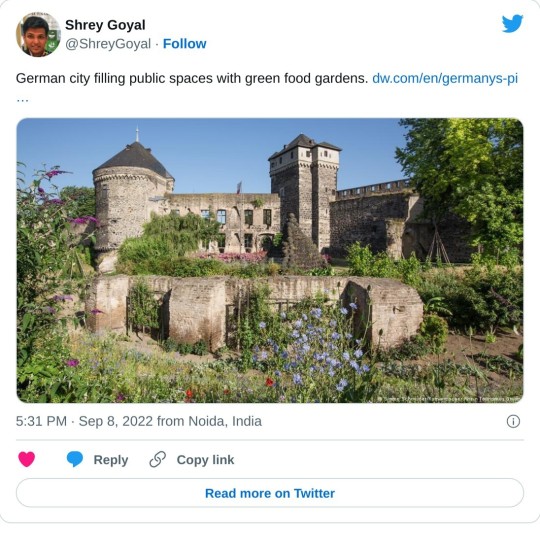
View on Twitter
German city filling public spaces with green food gardens.

(Source)
6 notes
·
View notes
Text
"When Cuba found itself abruptly cut off from trade with the Soviet bloc in 1989, the country entered into an economic crisis of unprecedented severity. Already sidelined from international trade due to US embargoes, Cuba became, almost overnight, a country detached from the rest of the world."
"Presented with a near collapse of its food provisioning system, the Cuban government responded with an overhaul of agriculture on the island, prioritising organic farming methods, the production of useful edible crops and the use of peasant labour. In urban areas, guerrilla gardening initiatives blossomed into new state-supported urban farming programmes, with widespread voluntary participation. These farming efforts have produced ‘what may be the world’s largest working model of a semi-sustainable agriculture’, [1] and in the process, resurrected the country’s local, affordable and accessible foodshed.[2]"
Endnotes: "Today the Cuban government has identified hundreds of large state-sponsored urban farms, 162 school gardens, 7,848 vacant lot gardens, and 34,970 yard gardens (González, 2008, p24)."
3 notes
·
View notes
Text
What happens to rural agriculture when Agrinets mature?
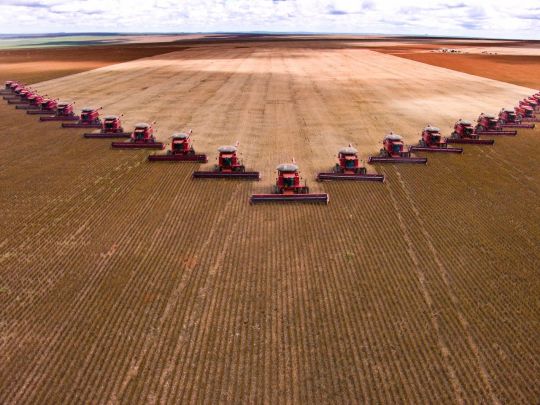
2 notes
·
View notes
Text
Unlocking the Potential: Benefits of Vertical Farming
Introduction:Innovations in agriculture have led to the rise of vertical farming, a sustainable approach that maximizes space and resources to grow crops in vertically stacked layers. Let’s explore the myriad benefits of vertical farming and how it reshapes modern agriculture.
Increased Crop Yields:Vertical farming allows for higher crop yields compared to traditional farming methods. By…
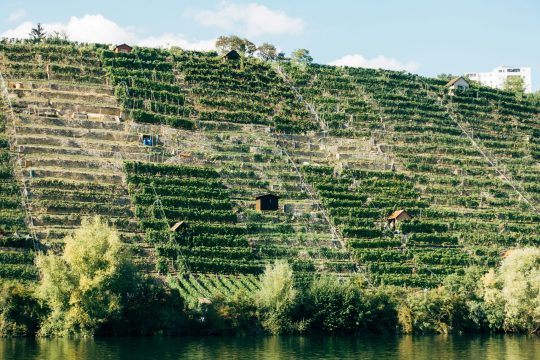
View On WordPress
0 notes
Text
Started the "Black Agricultural Solutions to Food Apartheid" course on Coursera today. It's completely free and I would highly recommend! Particularly if you are interested in urban agriculture and food justice.
I'll probably make a more in depth post on what the course entails + a link to it in the future.
1 note
·
View note
Text
In a conversation with Civil Eats, lead author Jason Hawes, a Ph.D. student at the University of Michigan, said this his team compiled “the largest data set that we know of” on urban farming. It included 73 urban farms, community gardens, and individual garden sites in Europe and the United States. At each of those sites, the research team worked with farmers and gardeners to collect data on the infrastructure, daily supplies used, irrigation, harvest amounts, and social goods.
That data was then used to calculate the carbon emissions embodied in the production of food at each site and those emissions were compared to carbon emissions of the same foods produced at “conventional” farms. Overall, they found greenhouse gas emissions were six times higher at the urban sites—and that’s the conclusion the study led with.
But not only is 73 a tiny number compared to the data that exists on conventional production agriculture, said Omanjana Goswami, an interdisciplinary scientist at the Union of Concerned Scientists (UCS), but lumping community gardens in with urban farms set up for commercial production and then comparing that to a rural system that has been highly tuned and financed for commercial production for centuries doesn’t make sense.
“It’s almost like comparing apples to oranges,” she said. “The community garden is not set up to maximize production.”
In fact, the sample set was heavily tilted toward community and individual gardens and away from urban farms. In New York City, for example, the only U.S. city represented, seven community gardens run by AmeriCorps were included. Brooklyn Grange’s massive rooftop farms—which on a few acres produce more than 100,000 pounds of produce for markets, wholesale buyers, CSAs, and the city’s largest convention center each year—were not.
And what the study found was that when the small group of urban farms were disaggregated from the gardens, those farms were “statistically indistinguishable from conventional farms” on emissions. Aside from one high-emission outlier, the urban farms were carbon-competitive.
163 notes
·
View notes
Text
The World's Best Awards Urban Agriculture Company of 2024
Urbanization is rapidly reshaping landscapes in our world today. Thus, the importance of sustainable urban agriculture has never been more evident. Recognizing the pioneering efforts of companies at the forefront of this movement, The World’s Best Awards proudly presents the winners of the Urban Agriculture Company of 2024 title.
These winners are celebrated for their innovative approaches to…
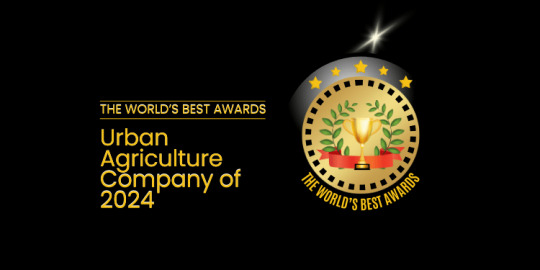
View On WordPress
#city farming#sustainable urban agriculture#sustainable urban farming#The World&039;s Best#The World&039;s Best Awards 2024#The World&039;s Best Awards Urban Agriculture Company of 2024#The World&039;s Best Magazine#urban agri#urban agriculture#urban farming
0 notes
Text
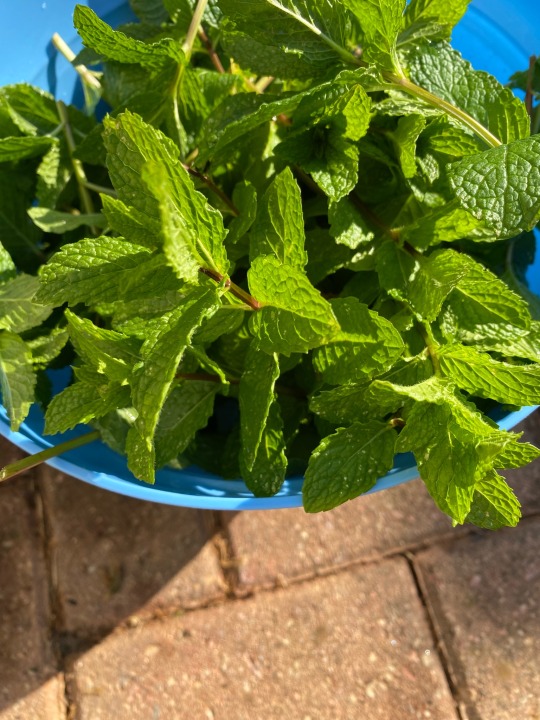
Gathering spearmint! First harvest of the year - tomorrow I’m gonna harvest some lemon balm, then both of my oreganos need to be trimmed back, too, so I’ll be doing those soon. I’ll also have some radishes in about two weeks! Also lots of blueberries and blackberries getting started 🥳
#my plants#plantblr#gardening#food gardening#garden#urban gardening#spearmint#mint#container garden#container gardening#herb garden#herb gardening#patio garden#urban agriculture
2 notes
·
View notes
Text

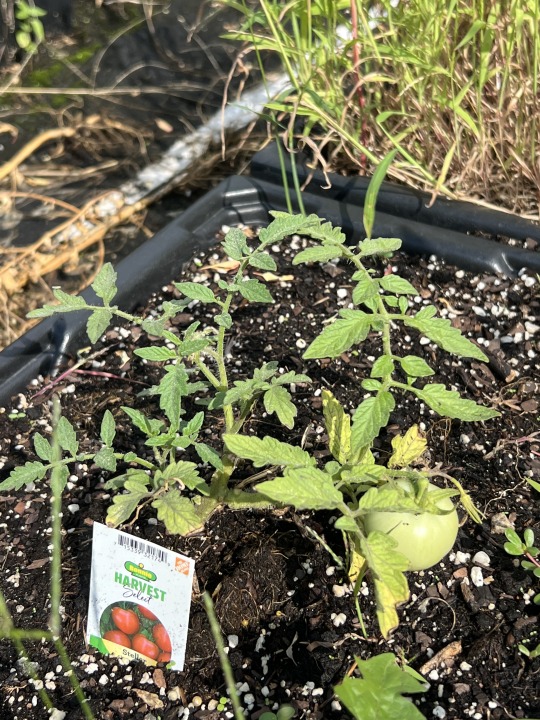

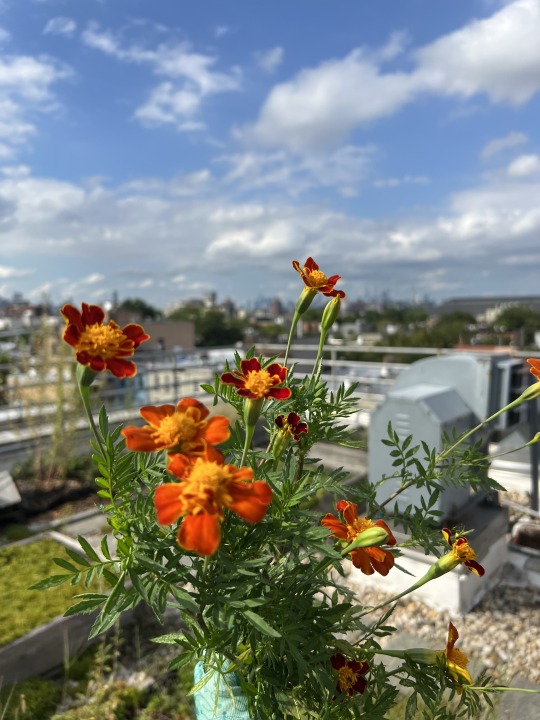
🌼🏡 Exciting News! Tenant Join Us! 🏡🌼
We're thrilled to announce a blooming new addition to our community – our tenants have joined hands for a fantastic gardening venture! 🌱💚 From planting vibrant flowers to creating stunning bouquets, our residents are embracing the joy of gardening together. 🌸🌿
🌿😊 Weeding might be a chore for some, but for us, it's a chance to bond, laugh, and make our housing program even more beautiful. Together, we're turning every weed-pulling session into an opportunity for connection.
🌼✨ Let's sow the seeds of friendship, nurture the bonds of togetherness, and watch our garden – and our community – flourish. 🌱💫 🏡🌸
#urban farming#community gardening#blooming#urbanfarming rooffarm brookyn awesome green#housing program#urban agriculture
2 notes
·
View notes
Photo

Yemi Au, Oko Frams, WELL + GOOD Longevity Project in Partnership with Lexus.
https://www.wellandgood.com/longevity-project-food-lexus/
2 notes
·
View notes
Text
Urban Agriculture's Environmental Impact: A New Perspective
Key Takeaways:
Urban agriculture (UA) has been increasingly viewed as a sustainable and just alternative to city-based food production.
However, a new study by Hawes et al., 2024 highlights that the environmental benefits of UA, particularly its carbon footprint, may not be as advantageous as previously thought.
The study conducted a comprehensive carbon footprint analysis of low-tech UA across…

View On WordPress
0 notes